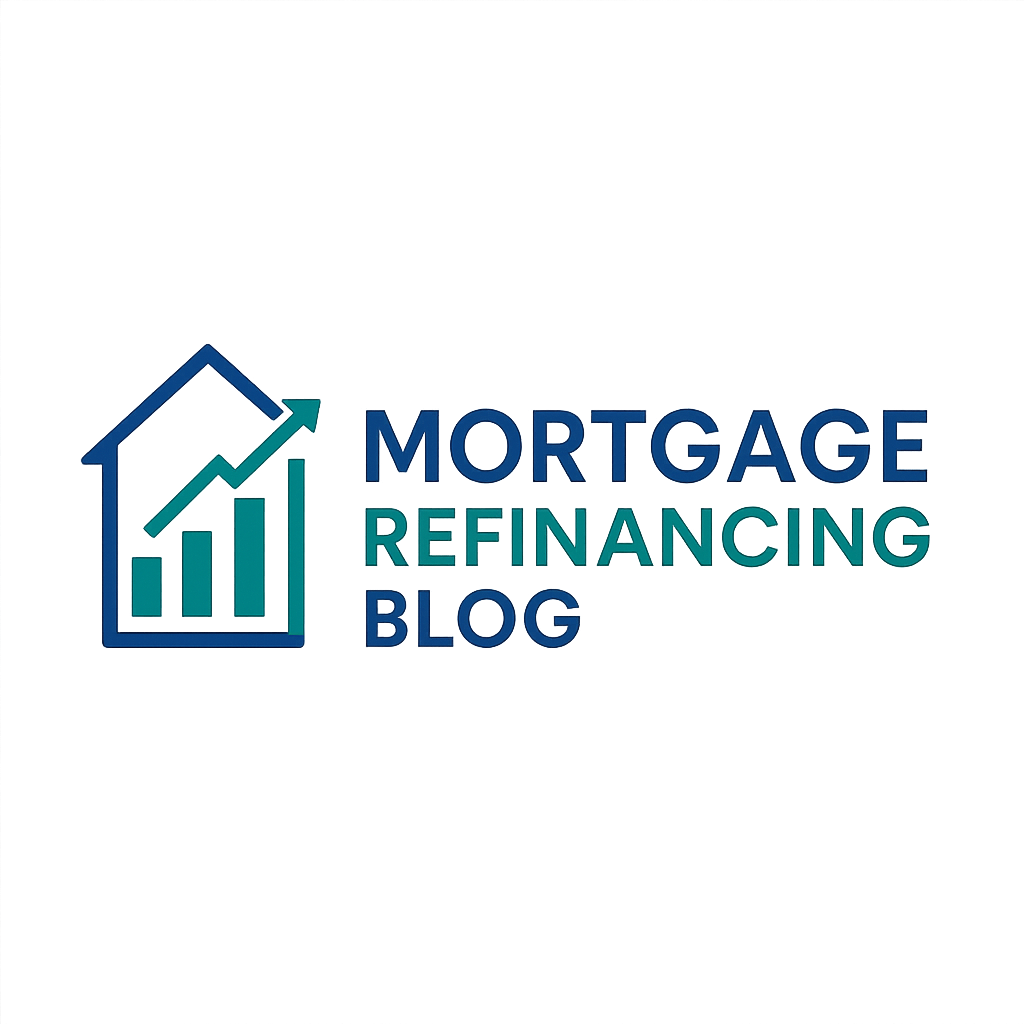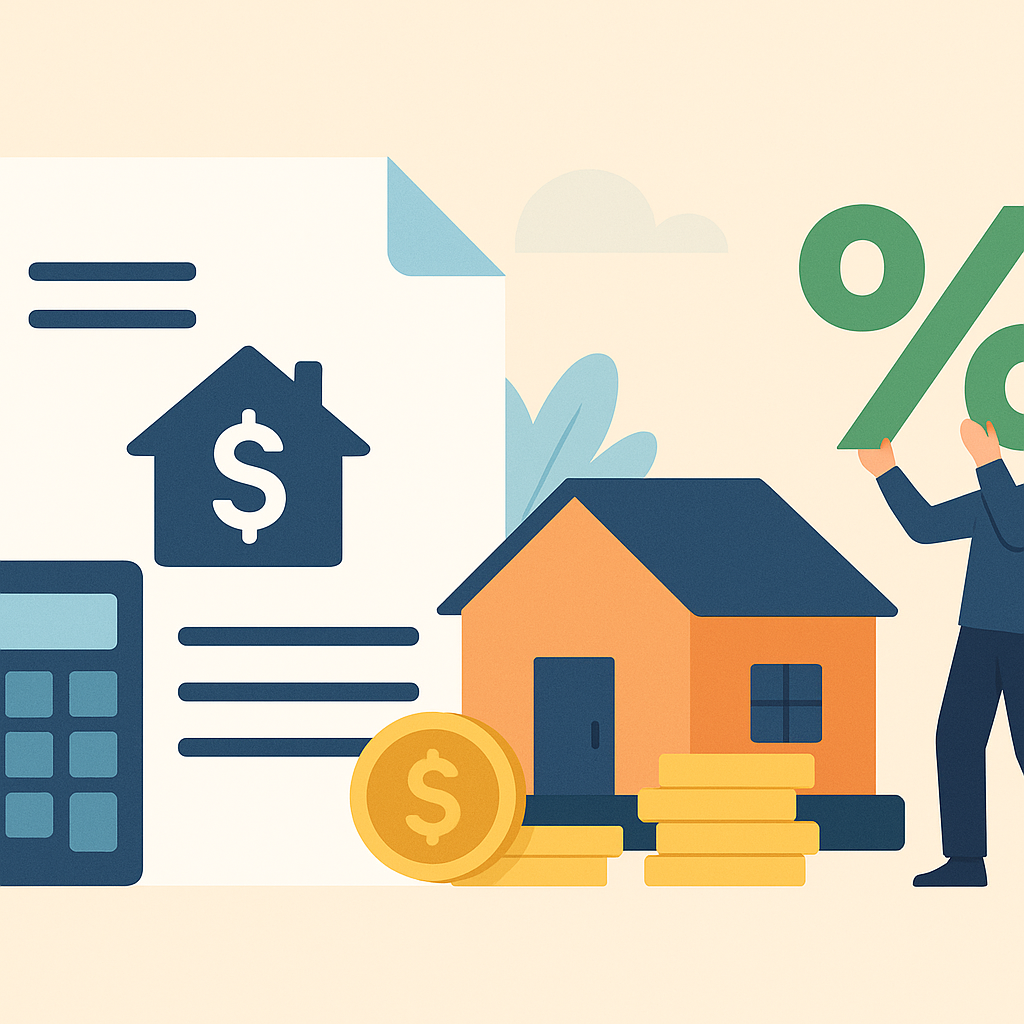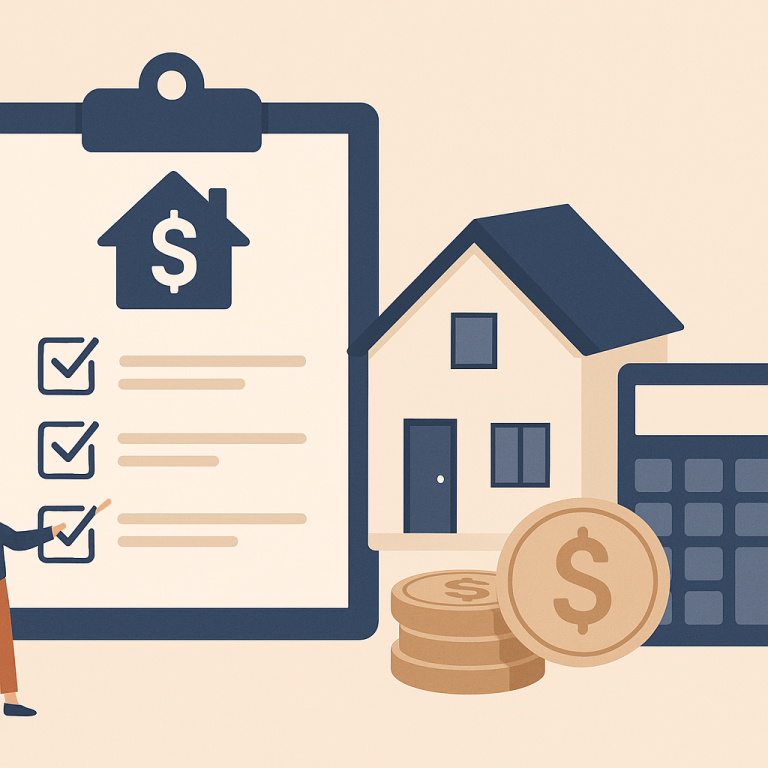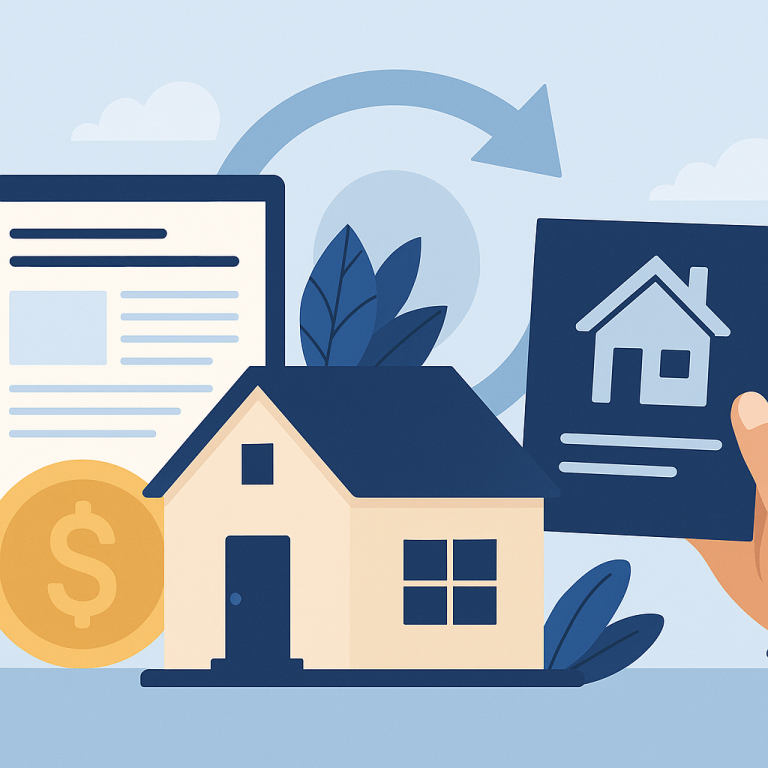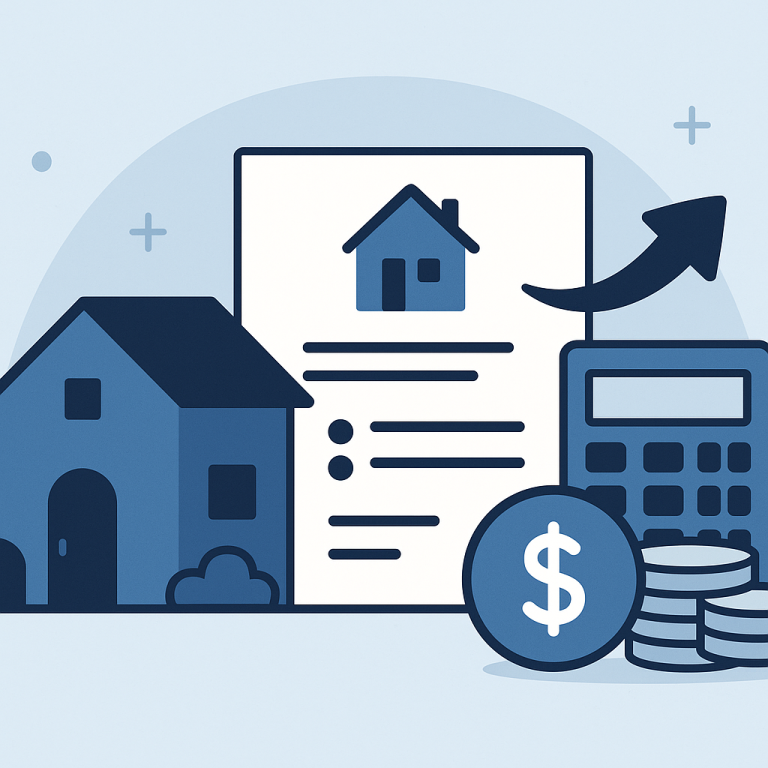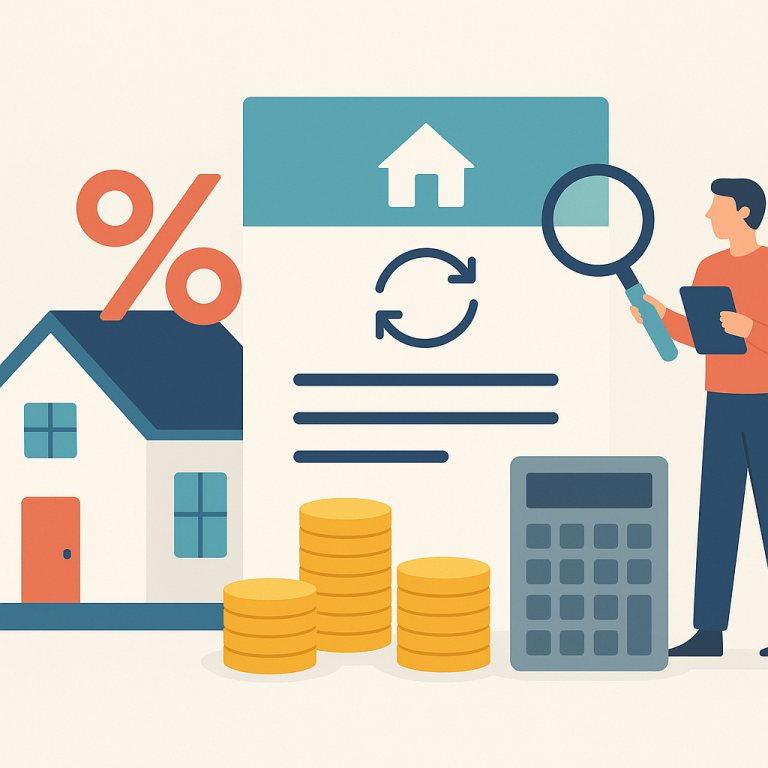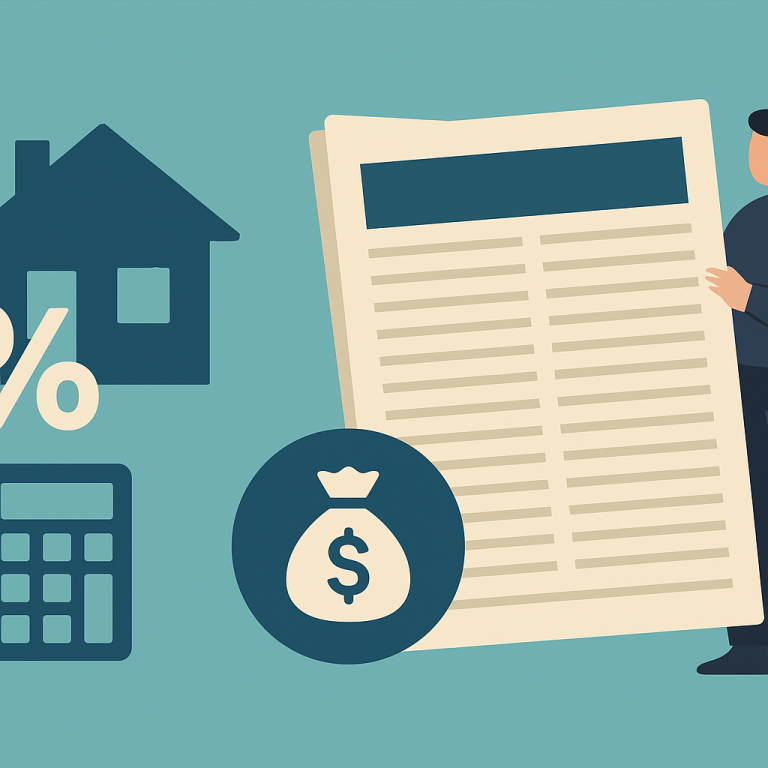Refinance guide streamline refinance pitfalls and myths
Streamline Refinance: What it is and when it makes sense
A streamline refinance is a simplified refinancing option offered by government-backed loan programs (most commonly FHA, VA and in some cases USDA). The goal is to lower monthly payments, reduce interest rates, or move to a fixed-rate loan with less paperwork than a traditional refinance. Streamline refinances typically require less income and asset documentation and may waive the appraisal.
It makes sense when you have an existing FHA or VA loan (or other eligible product), your credit and payment history meet the program requirements, and you can save enough on monthly payments to justify the refinance costs. Homeowners who want a quick, low-document way to reduce rate or stabilize payments often consider a streamline.
Benefits and drawbacks
Benefits
- Faster and simpler application: less documentation, often no full income verification or appraisal.
- Lower upfront friction: fewer hoops to jump through compared with conventional refinances.
- Potential for lower monthly payment or lower interest rate without the extra burden of full underwriting.
- Available for borrowers who might not qualify for a conventional refinance due to limited documentation.
Drawbacks
- Closing costs still apply and can reduce or eliminate short-term savings.
- Mortgage insurance (MI) or VA funding fees often remain—streamlines usually do not eliminate MI.
- Because some programs allow financing the upfront fees into the loan, you may end up with a larger balance and more interest paid over time.
- Less flexibility: many streamline programs do not permit cash‑out or major term changes.
Costs and fees
Streamline refinances reduce paperwork but do not eliminate closing costs. Typical costs include lender fees, title or closing agent fees, recording fees, and any required program fees such as the VA funding fee or FHA upfront mortgage insurance premium (UFMIP). These costs can be paid at closing, rolled into the loan balance (if allowed), or offset by lender credits.
Common items to expect:
- Loan origination/processing fees (varies by lender)
- Title/escrow and recording fees
- Program-specific fees (e.g., VA funding fee, FHA UFMIP)
- Prepaid items such as insurance or escrows
Because costs vary widely, calculate your break-even period: divide total closing costs by the estimated monthly savings. If you plan to keep the home longer than that period, the refinance is more likely to be beneficial.
Step-by-step process
- Confirm eligibility: Verify you have an eligible loan (FHA, VA, etc.) and meet the program’s seasoning and payment history requirements.
- Estimate savings: Get current rate quotes, calculate monthly payment and total-interest differences, and compute break-even time (closing costs ÷ monthly savings).
- Shop lenders: Compare rates, fees, and whether each lender uses a soft or hard credit pull. Ask about lender credits and whether costs can be financed.
- Apply: Submit the streamlined application. Expect less documentation, but be prepared to provide basic identity and loan information and proof your mortgage is current.
- Receive disclosures: Review the loan estimate/closing disclosure—check APR, monthly payment, and fees carefully.
- Underwriting and closing: With streamline underwriting is usually light, but the loan will still go through approval and closing with title/escrow.
- Funding and servicing: After funding, your existing loan is paid off and the new loan servicer (sometimes the same) begins collecting payments. Confirm the first payment date and setup of escrows.
Common pitfalls to avoid
- Ignoring the break-even point: A lower rate doesn’t automatically mean savings. If closing costs exceed your near-term savings horizon, refinancing may cost you more.
- Resetting the clock: Refinancing into a new 30-year term can lower payments but may increase total interest and lengthen the time to build equity.
- Assuming mortgage insurance disappears: FHA streamlines usually keep the MIP in place unless you refinance to a non-FHA product that meets conventional requirements. VA IRRRL generally retains funding fee obligations unless exempt.
- Not comparing APRs and total cost: Focus beyond the interest rate—APRs account for fees and give a fuller cost picture.
- Skipping lender comparisons: Different lenders have different fee structures and underwriting overlays even for streamline products—get multiple quotes.
- Overlooking credit and eligibility checks: Some lenders conduct a soft credit pull, others a hard pull. Also verify program-specific seasoning rules (how long you’ve had the current loan) and occupancy requirements.
Short FAQ
Q: Do I always need an appraisal for a streamline refinance?
A: One of the hallmarks of many streamline programs is no appraisal, but rules vary by program and lender. Some lenders may still require an appraisal or property inspection in special cases—confirm before assuming none will be required.
Q: Can a streamline refinance remove mortgage insurance?
A: Not usually. FHA streamlines generally continue FHA MIP. To remove mortgage insurance you typically need to refinance into a conventional loan and meet conventional lender requirements for equity and credit.
Q: How long before I recoup closing costs?
A: Calculate break-even by dividing total closing costs by your expected monthly savings. Typical break-even timelines vary from a few months to several years depending on costs and rate reduction.
Q: Will a streamline refinance hurt my credit?
A: It can. Some lenders do a hard credit inquiry which may cause a small, temporary dip in score. The new loan is also a hard inquiry and new account, though the long-term effect is typically modest if you maintain good payment history.
META: streamline refinance pitfalls and myths, FHA streamline, VA IRRRL, refinance myths, homeowner refinancing tips
